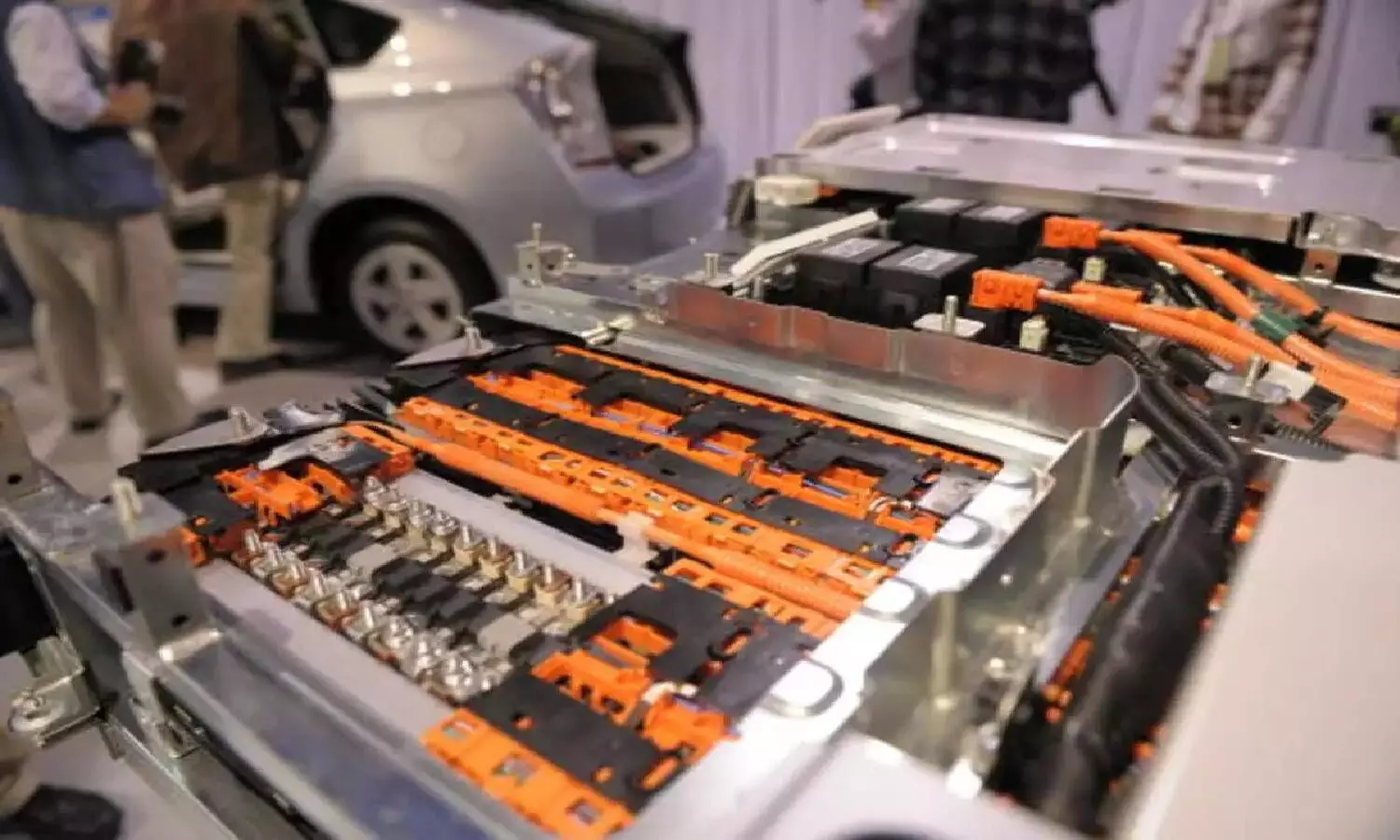`5V dual carbon battery': IIT Hyderabad develops environment-benign alternative to LIBs
IIT Hyderabad researchers have developed an alternative to conventional Lithium-ion batteries (LIBs)
By Newsmeter Network
Hyderabad: IIT Hyderabad researchers have developed an alternative to conventional Lithium-ion batteries (LIBs)
Electrochemical Energy Storage (EES) Lab at IIT Hyderabad, under the supervision of Dr. Surendra Kumar Martha (Associate Professor, Department of Chemistry) developed a 5V Dual Carbon Battery utilizing self-standing carbon fiber mats as both electrodes (cathode and anode). This new model sets aside the requirement of toxic, costly, and heavy transitional metals.
Based on renewable sources, the 5V Dual Carbon Battery will shrug off dependence on fossil fuel. Rechargeable Lithium-ion batteries (LIBs) are projected to meet future electric mobility, electric aviation, and stationary grid energy storage targets within 2030.
However, LIBs need toxic and costly metals like cobalt, nickel, manganese, etc., for functioning. Geologically unsymmetrical distribution of Lithium and cobalt along with geopolitics and unethical child labor centered on mining causes havoc fluctuations in raw material cost. It affects the market price stability of large LIB packs used in electric vehicles.
In the dual-carbon battery, both the electrodes consist of carbonaceous materials and the ions from the electrolyte intercalate and de-intercalate into the electrode matrix.
The novel dual carbon battery consisting of zero transition metal is environmentally benign. It may cut down the overall battery cost by 20-25% and is expected to curb the unpredictability in market price. The use of ubiquitous carbon as electrode active material as well as current collector replacing heavy metals brings in the aspects of lightness and flexibility.
The fabricated 5.0 voltage (nominal voltage 4.6 V) cell provides an energy density of 100-watt hour per kilogram approximately and can be extended up to 150-watt hour per kilogram with further modifications. The research team believes that developed cells may find potential uses in high voltage applications, sophisticated battery-run medical devices, regenerative braking systems in electric vehicles, and stationary grids.
"The study will be extrapolated to push the energy density limits further, and their broad vision includes introducing the dual carbon system as a cheaper LIB alternative to the Indian Market," said Dr. Surendra Kumar Martha, head of the investigation team.
The research was carried out by Shuvajit Ghosh and Udita Bhattacharjee, Ph.D. students at IIT Hyderabad, under the supervision of Dr. Surendra K. Martha, in collaboration with Oak Ridge National Laboratory (USA) and Naval Materials Research Laboratory (Mumbai, India). Naval Research Board (DRDO) supported this project.